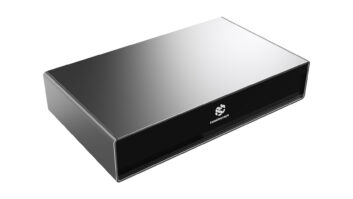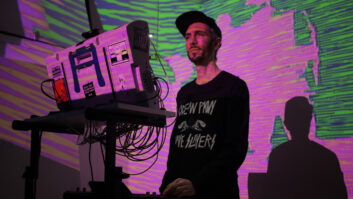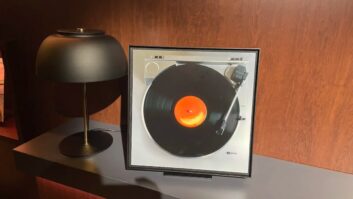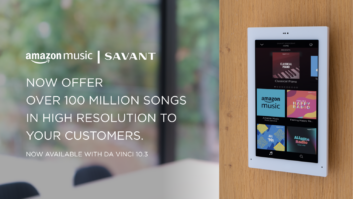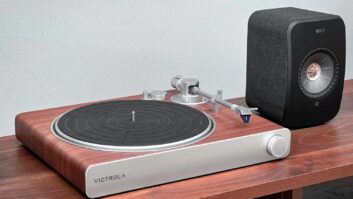Denver – Sonos is moving music servers out of the home network and onto the Internet to eliminate the need by time-starved consumers to rip CD libraries or download songs to a PC.
“Content in the home is becoming less and less important,” sales and marketing VP Tom Cullen contended in announcing a partnership with the RealNetworks.
With an upgrade available Sept. 14 as a download, a Sonos wireless multiroom audio system will be able to access Reals’ Rhapsody interactive-streaming service at $10/month without connecting through a PC that’s on and running. Sonos mesh-network systems will connect via broadband modem to Real Networks servers from which consumers can select and stream more than 2 million songs already available on Rhapsody’s music-download site. Subscribers will view available songs on a Sonos system’s wireless-RF handheld LCD controller.
“IPTV will do this on the video side,” Cullen noted.
Although Sonos buyers like their system, expandable to 32 zones, Sonos buyers are male baby boomers ages 35-50 who have little time to rip or download, Cullen said. But they all have broadband.
Current Sonos systems stream music stored on a PC and uses a broadband-connected PC to access interactive streaming services, including the Rhapsody service. Current Sonos systems also let users access passive Internet streaming sites without a PC running. Until now, however, the only way to use a Sonos system to browse the entire Rhapsody music selection was to open the Rhapsody client on a Windows PC running a UPnP (Universal Plug n Play) application. Macintosh owners were excluded, said Cullen.
Although it might seem time-consuming for baby boomers to choose which of more than 2 million songs to play, Sonos’s Rhapsody client has a solution: From the handheld controller, users can select one song at a time from the entire Rhapsody Music Guide sorted by artists, genre, decades, new artists, top artists, and Rhapsody staff picks. Consumers can also select a genre or artist and let the Rhapsody service chose which songs to stream consecutively from within those categories, Cullen said. Once consumers play a song, they can mark it for future playback in their own personal directory appearing on the controller. Each song can then be played back once it is clicked.
For current Sonos owners, the upgrade is available as a free download, but for future purchasers, the upgrade will be made available as a running change at the Sonos factory in three months. In either case, consumers will get a free 30-day trial of the service.
The Rhapsody subscription service, however, will be available to owners of other CE devices if RealNetworks has its way. The Internet music company is working with other CE makers to embed a new API (applications program interface) called Rhapsody DNA into other CE devices, Cullen added.
In the meantime, Sonos retailer Tweeter will demonstrate the service on Sonos systems through broadband connections that will be operating in 80 percent of the chain’s stores by Sept. 14, Cullen noted.
With or without the upgrade, Sonos systems will still connect to PCs to stream music residing on PCs or network attached storage (HAS) device to access other interactive streaming services supported by Sonos-supplied PC software.
To stream from a PC or NAS, one Sonos wireless-equipped zone player (or client) must be connected by Ethernet cable directly to a network’s router. It communicates wireless with additional zone players in the house, all controlled from one or more handheld RF controllers.
With the upgrade, consumers using Sonos only to stream the interactive Rhapsody service and other passive Internet radio sites can put a client into any Ethernet port in the house, delivering more flexible placement options.
Two types of zone players are available: one with built-in amplifier for connection to any set of speakers, and one amplifier–less model that can be connected to any existing home audio system in a house. A controller costs $399. An amplifier-equipped Zone Player costs $499, and the zone player without amp costs $359. Bundles of controllers and players are sold at a discount.




